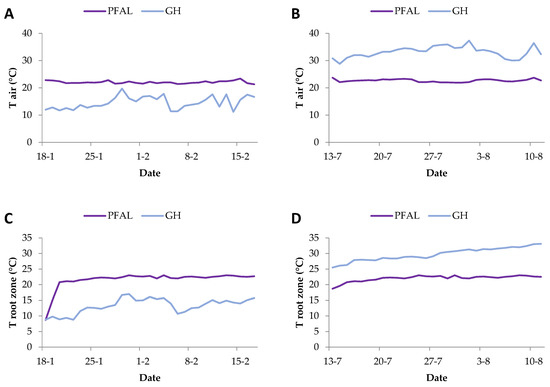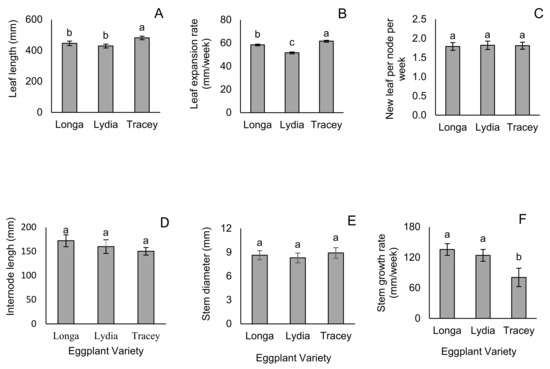Advances in Greenhouse Horticulture
A topical collection in Horticulturae (ISSN 2311-7524). This collection belongs to the section "Protected Culture".
Viewed by 4306Editors
Interests: cultivation techniques for vegetable production; quality of vegetable products; hydroponic vegetable production; postharvest physiology of vegetables; role of light on vegetables’ growth; quality of seedlings; quality and seed germination; vegetable grafting; innovative forms of vegetable products; organic cultivation of vegetables
Special Issues, Collections and Topics in MDPI journals
Interests: net-zero energy greenhouse; plant factories; controlled environment production; energy use efficiency; renewable energy technologies; microclimate; product carbon footprint
Special Issues, Collections and Topics in MDPI journals
Topical Collection Information
Dear Colleagues,
Food security, supply chain issues and climate change are key challenges for horticultural production. Greenhouse production could be used to mitigate potential adverse effects of climate change and to address the above problems. However, greenhouse gas emissions associated with greenhouse production strategies are a central issue in many countries. At present, it is crucial to implement policies aiming at affordable and clean energy, climate action or the extinction of hunger and poverty—objectives set by the UN Sustainable Development Goals.
Renewable energy sources (RES) can lead to sustainable greenhouses. Moreover, consumers are asking for greenhouse products of a high quality and with a neutral environmental impact. The carbon footprint regarding horticultural production is an effective tool to strengthen the environmentally conscious purchasing behavior of the consumer.
The purpose of this Topical Collection titled “Advances in Greenhouse Horticulture” is to present innovative studies, tools, approaches and techniques, such as the use of biostimulant application, hydroponics systems, energy use efficiency and renewable energy technologies and any other innovation that has improved the efficiency and sustainability of greenhouse horticultural crops, for the production of high-quality commodities.
Dr. Athanasios Koukounaras
Dr. Georgios Ntinas
Collection Editors
Manuscript Submission Information
Manuscripts should be submitted online at www.mdpi.com by registering and logging in to this website. Once you are registered, click here to go to the submission form. Manuscripts can be submitted until the deadline. All submissions that pass pre-check are peer-reviewed. Accepted papers will be published continuously in the journal (as soon as accepted) and will be listed together on the collection website. Research articles, review articles as well as short communications are invited. For planned papers, a title and short abstract (about 100 words) can be sent to the Editorial Office for announcement on this website.
Submitted manuscripts should not have been published previously, nor be under consideration for publication elsewhere (except conference proceedings papers). All manuscripts are thoroughly refereed through a single-blind peer-review process. A guide for authors and other relevant information for submission of manuscripts is available on the Instructions for Authors page. Horticulturae is an international peer-reviewed open access monthly journal published by MDPI.
Please visit the Instructions for Authors page before submitting a manuscript. The Article Processing Charge (APC) for publication in this open access journal is 2200 CHF (Swiss Francs). Submitted papers should be well formatted and use good English. Authors may use MDPI's English editing service prior to publication or during author revisions.
Keywords
- hydroponics
- biostimulants
- biodiversity
- organic horticulture
- supply chain
- sustainability
- resource use efficiency
- environmental impact








